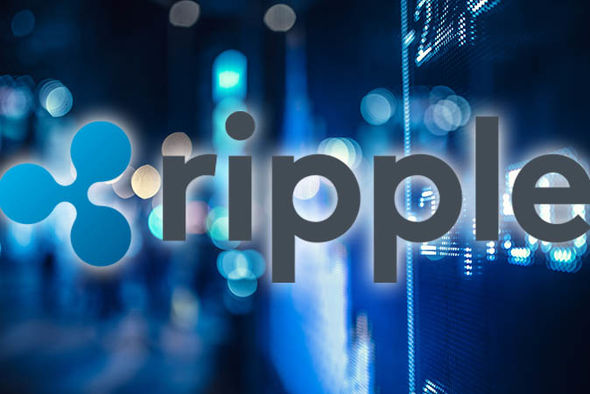The ledger employs the
decentralized native cryptocurrency known as XRP, which as of September 2018
was the second largest coin by market capitalization. Ripple has been adopted
by banks and payment networks as settlement infrastructure technology. Ripple
relies on a common shared ledger, which is a distributed database storing
information about all Ripple accounts. The network is "managed by a
network of independent validating servers that constantly compare their
transaction records." Servers could belong to anyone, including banks or
market makers. Ripple validates accounts and balances instantly for payment
transmission and delivers payment notification with very little latency (within
a few seconds). Payments are irreversible, and there are no chargebacks.
For its creation and development
of the Ripple protocol (RTXP) and the Ripple payment/exchange network Ripple
Labs was named as one of 2014's 50 Smartest Companies in the February 2014 edition
of MIT Technology Review. A scientific study made by two researchers from
Stanford and Stockholm University that studied the money production from an
energy consumption point of view and a macroeconomic level stated that running
a server on Ripple was comparable to the energy needs of running an email
server.
Ripple was conceived by Jed
McCaleb and built by Arthur Britto and David Schwartz who then approached Ryan
Fugger who had debuted in 2005 as a financial service to provide secure payment
options to members of an online community via a global network. Fugger had
developed a system called OpenCoin which would transform into Ripple. The
company also created its own form of digital currency referred to as XRP in a
manner similar to bitcoin, using the currency to allow financial institutions
to transfer money with negligible fees and wait-time.
Ripple Labs continued as the
primary contributors of code to the consensus verification system behind
Ripple, which can "integrate with banks’ existing networks." Since
2013, the protocol has been adopted by an increasing number of financial
institutions to "[offer] an alternative remittance option" to
consumers. By December 2014 Ripple Labs began working with global payments
service Earthport, combining Ripple's software with Earthport's payment
services system. The partnership marked the first network usage of the Ripple
protocol. On December 29, 2017, XRP briefly became the second largest
cryptocurrency, with a market capitalization of US$73 billion.
A class-action lawsuit was filed
against Ripple in May 2018 "alleging that it led a scheme to raise
hundreds of millions of dollars through unregistered sales of its XRP tokens.
[creating] billions of coins 'out of thin air' and then profited by selling
them to the public in 'what is essentially a never-ending initial coin
offering'."
(text from Wikipedia https://en.wikipedia.org/wiki/Ripple_(payment_protocol))

No comments:
Post a Comment